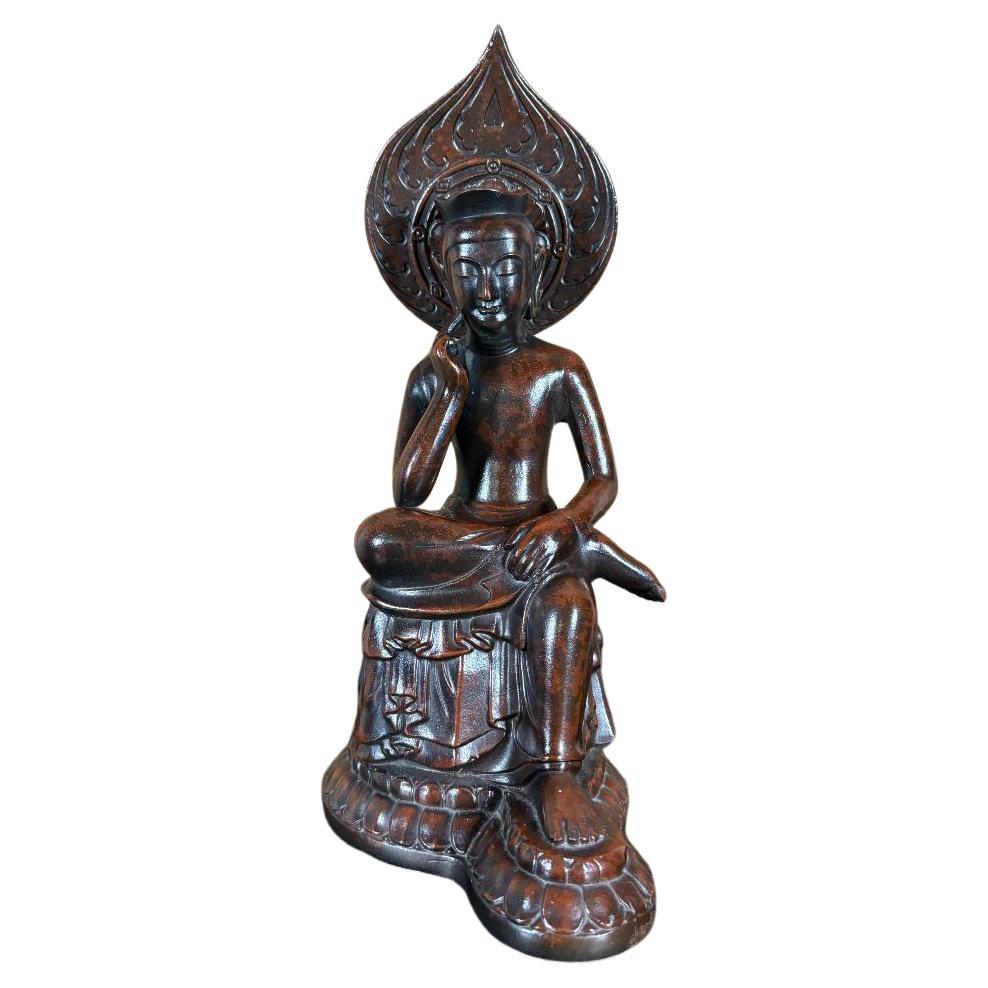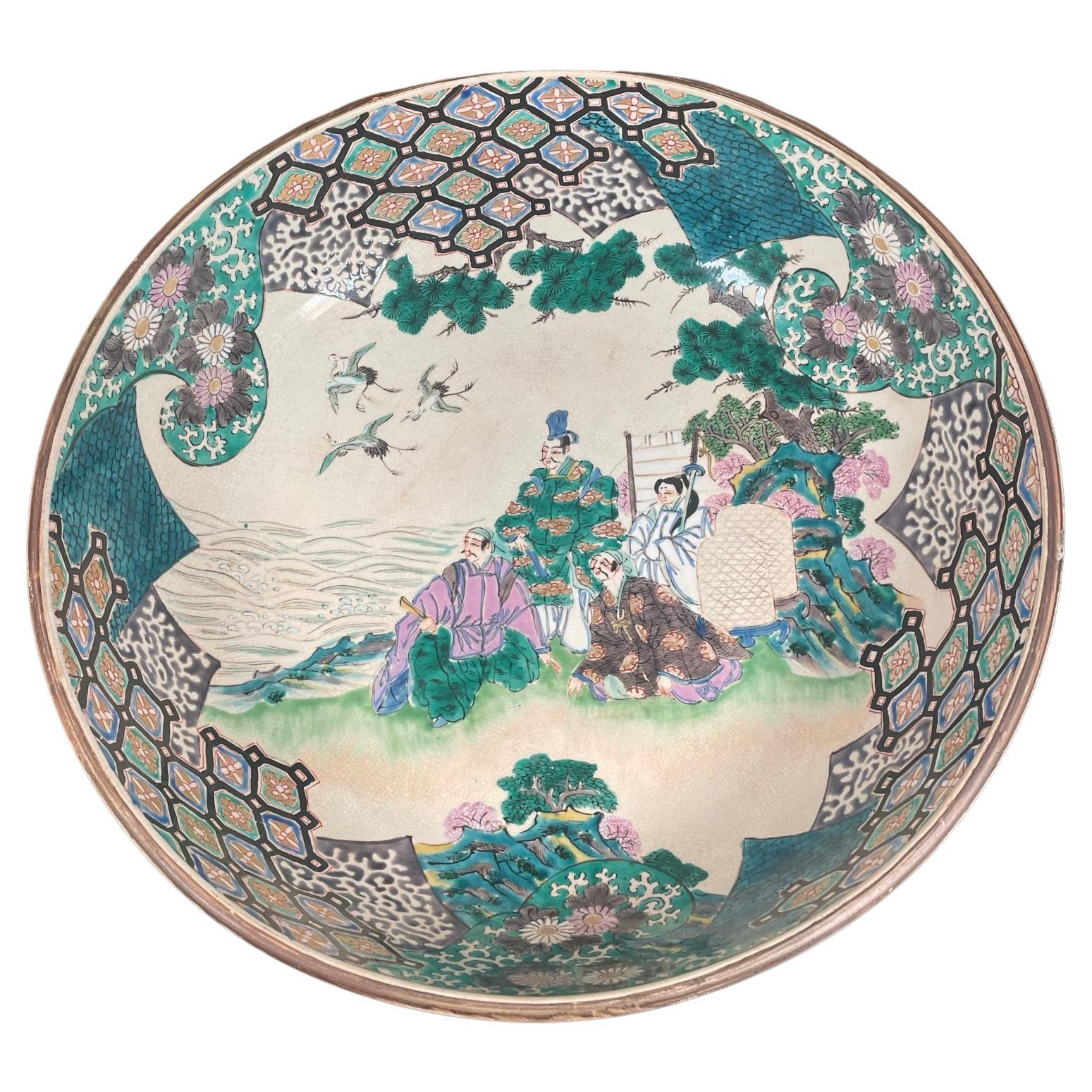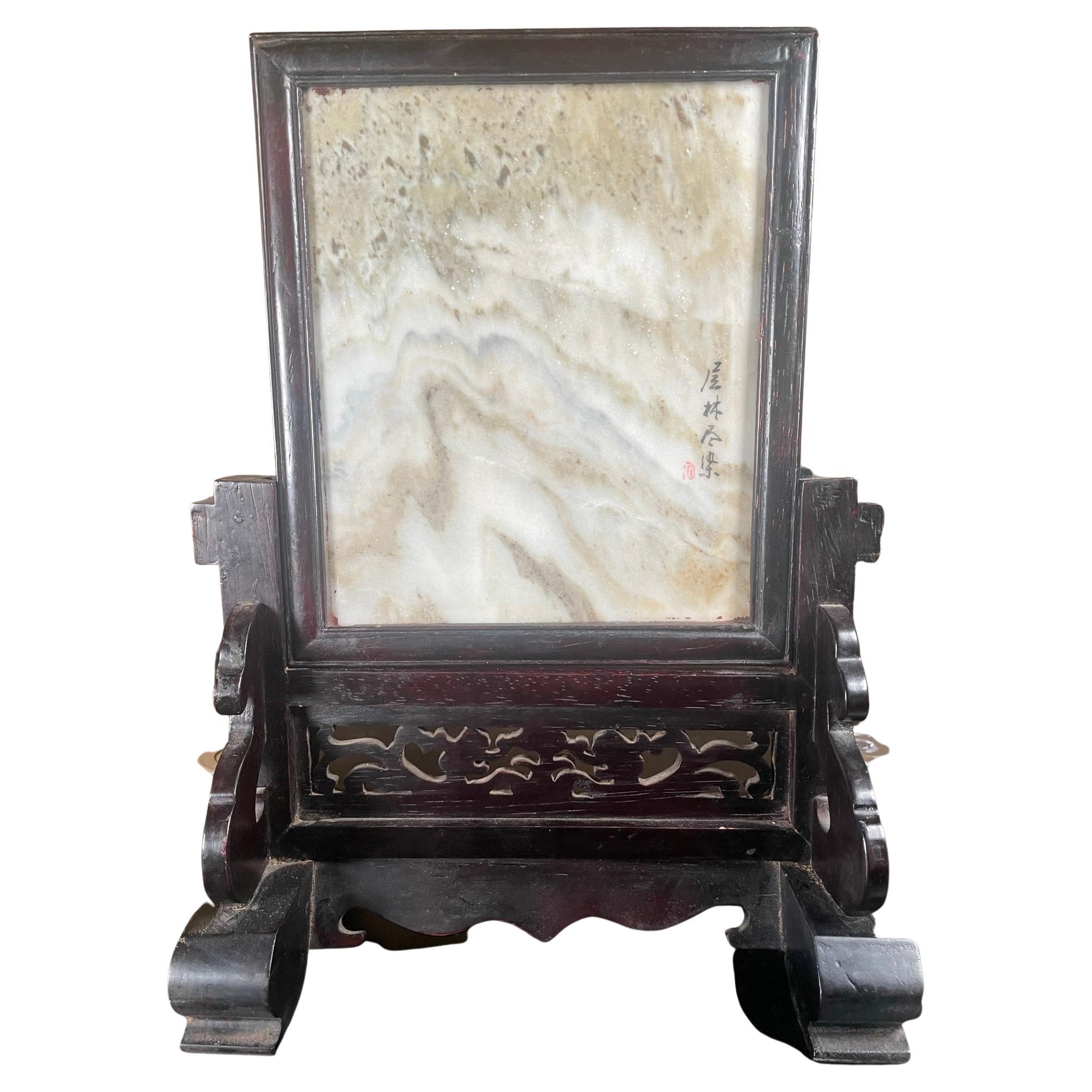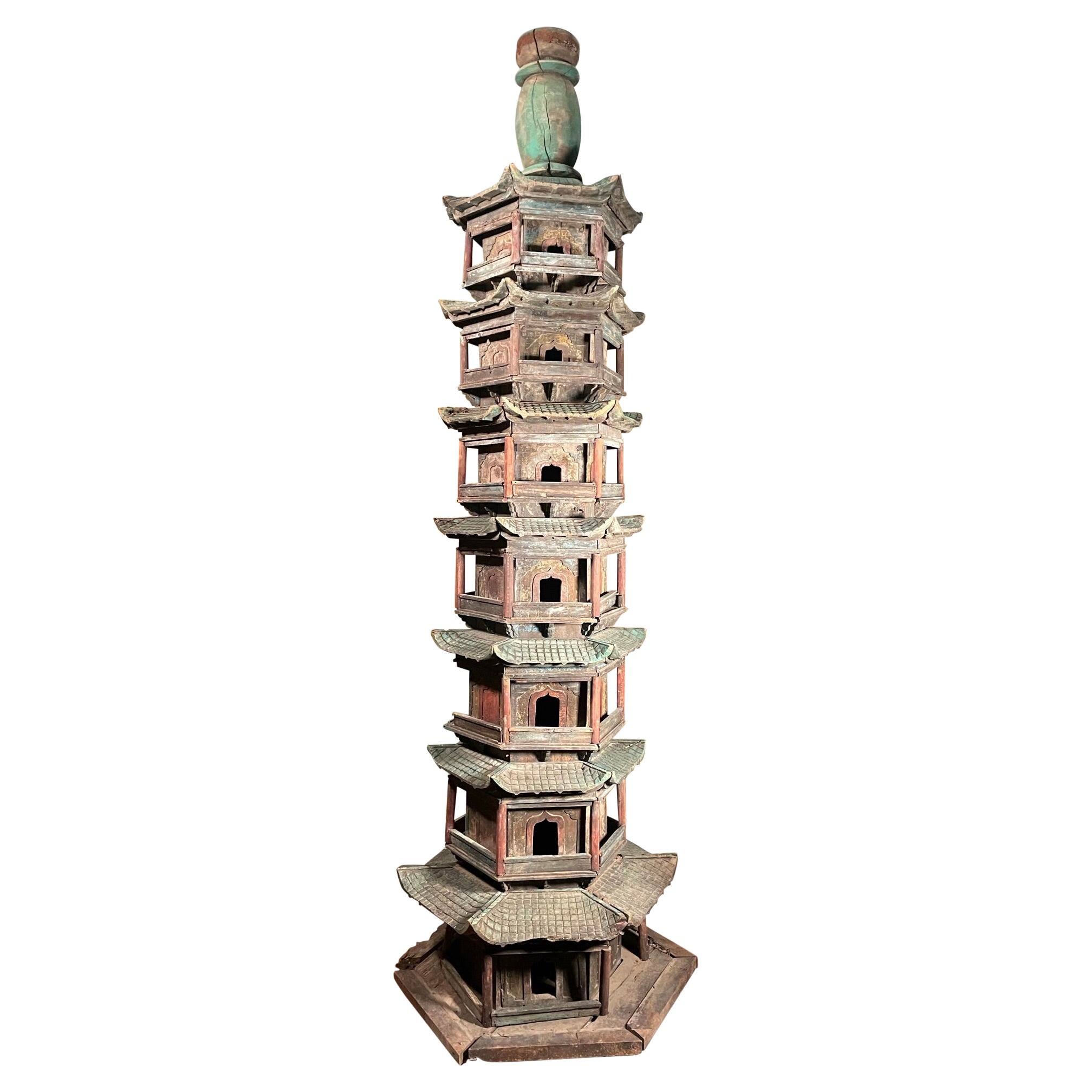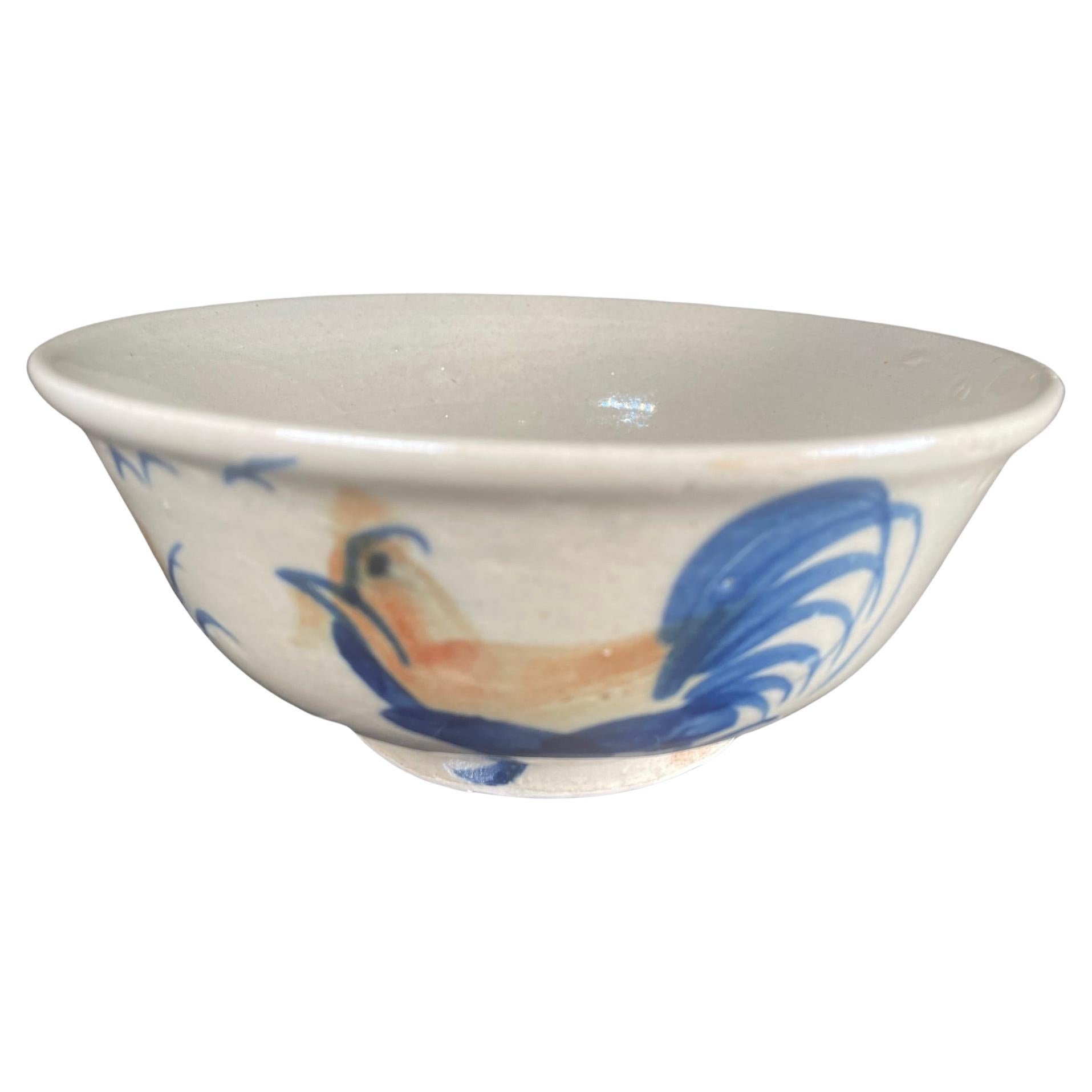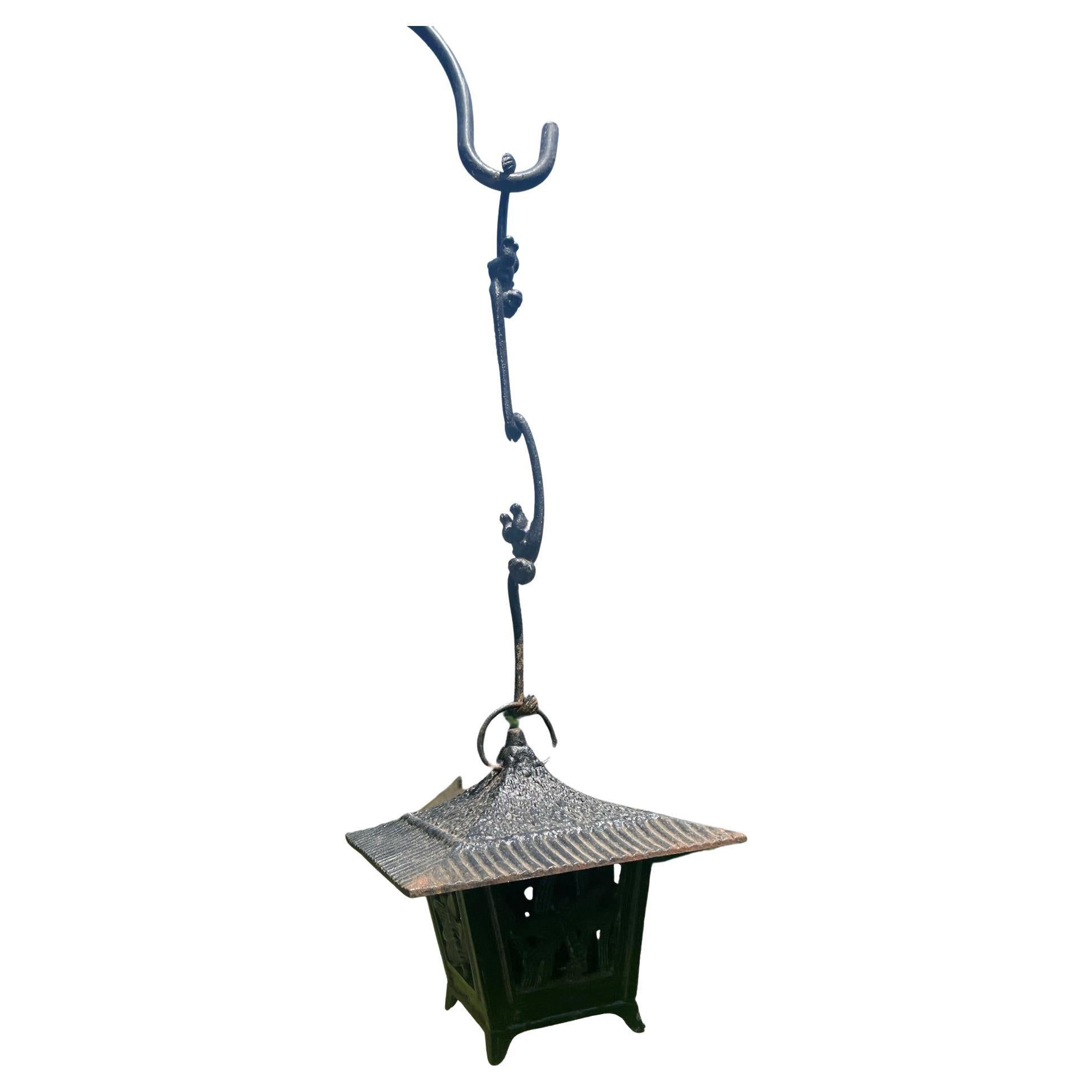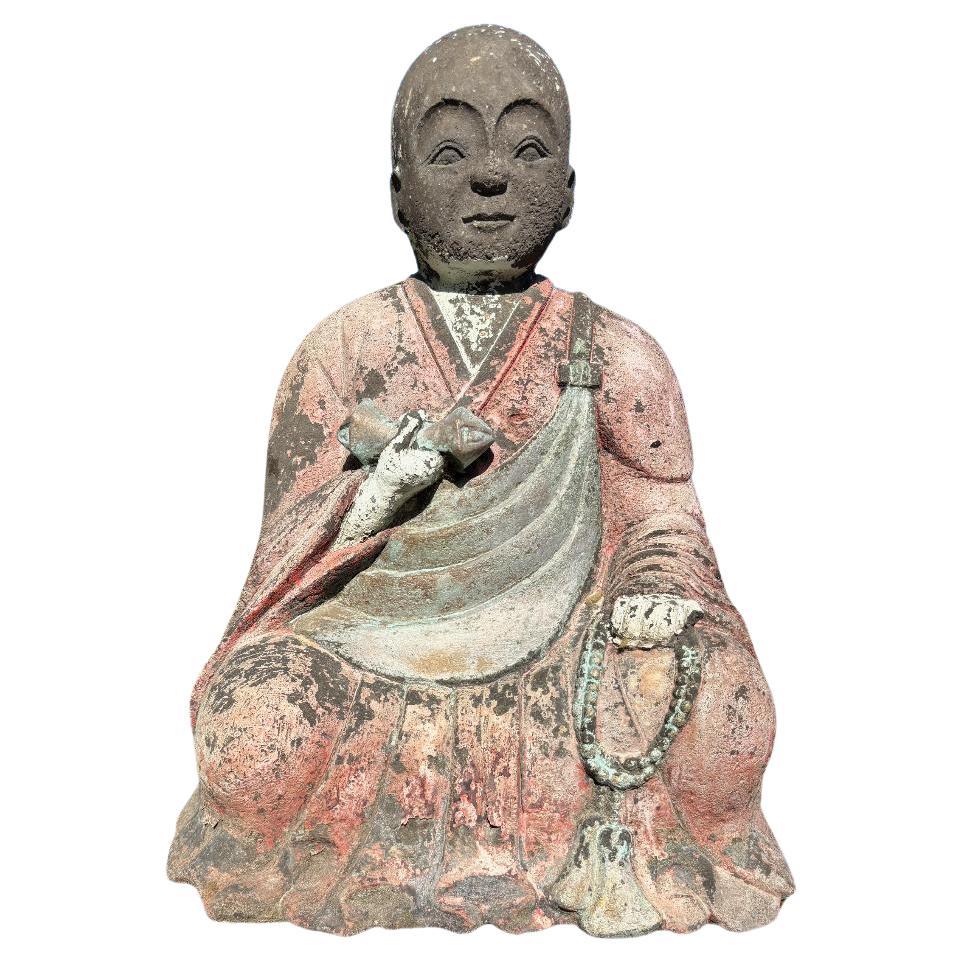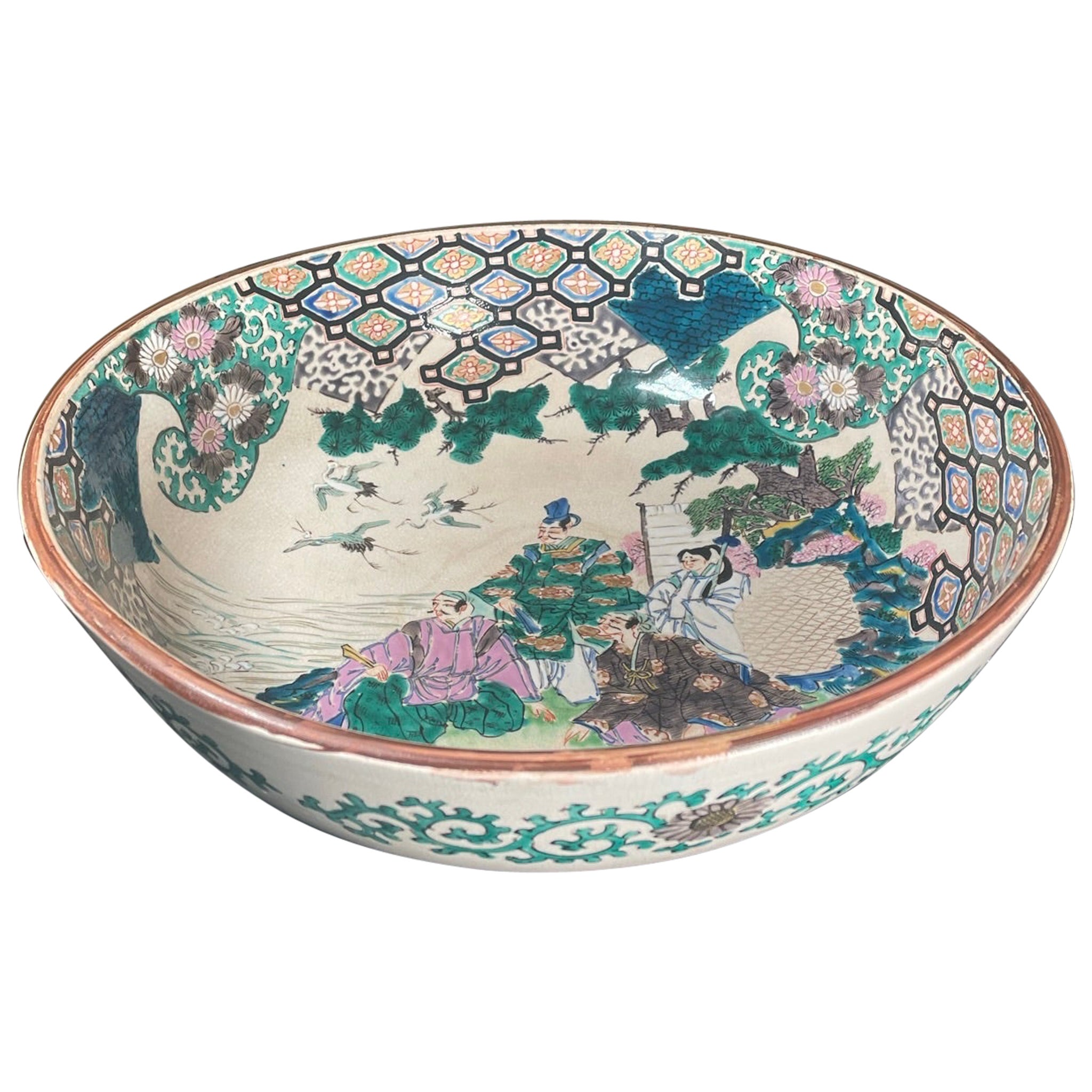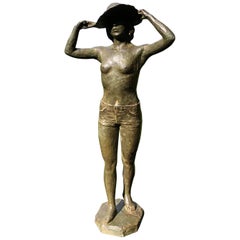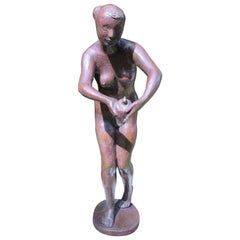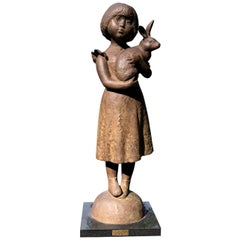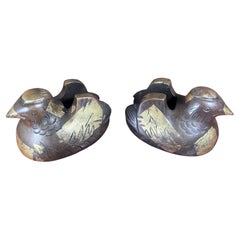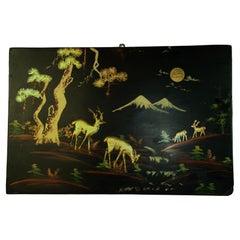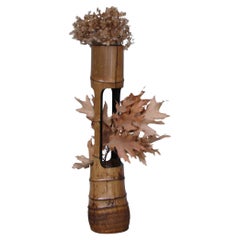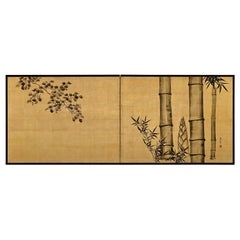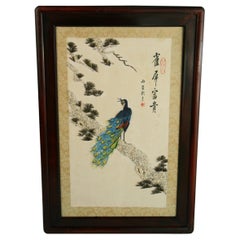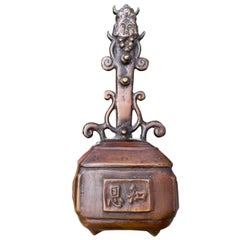
Japanese Vintage Tea Ceremony Bronze Tea Bell
View Similar Items
Want more images or videos?
Request additional images or videos from the seller
1 of 12
Auction endedBrowse Current Auctions
Japanese Vintage Tea Ceremony Bronze Tea Bell
About the Item
- Dimensions:Height: 7.5 in (19.05 cm)Width: 3 in (7.62 cm)Depth: 2 in (5.08 cm)
- Style:Taisho (Of the Period)
- Materials and Techniques:Bronze,Cast
- Place of Origin:
- Period:
- Date of Manufacture:Early 20th Century
- Condition:Wear consistent with age and use.
- Seller Location:South Burlington, VT
- Reference Number:1stDibs: LU1289224814322
About the Seller
5.0
Platinum Seller
Premium sellers with a 4.7+ rating and 24-hour response times
Established in 1990
1stDibs seller since 2015
2,378 sales on 1stDibs
Typical response time: 1 hour
Authenticity Guarantee
In the unlikely event there’s an issue with an item’s authenticity, contact us within 1 year for a full refund. DetailsMoney-Back Guarantee
If your item is not as described, is damaged in transit, or does not arrive, contact us within 7 days for a full refund. Details24-Hour Cancellation
You have a 24-hour grace period in which to reconsider your purchase, with no questions asked.Vetted Professional Sellers
Our world-class sellers must adhere to strict standards for service and quality, maintaining the integrity of our listings.Price-Match Guarantee
If you find that a seller listed the same item for a lower price elsewhere, we’ll match it.Trusted Global Delivery
Our best-in-class carrier network provides specialized shipping options worldwide, including custom delivery.More From This Seller
View AllJapanese Beautiful Bronze Lady With A Brimmed Hat
Located in South Burlington, VT
Japan a lovely, sensitive cast bronze sculpture of a woman proudly showing her Newport Hat.
Designed and cast by by noted Japanese mid century sculptor Tabath Isao.
This is a class...
Category
20th Century Japanese Mid-Century Modern Paintings and Screens
Materials
Bronze
$3,040 Sale Price
86% Off
Japanese Bronze a Woman with Dove Midcentury Sculptor
Located in South Burlington, VT
Japan a lovely, sensitive cast bronze sculpture of a woman gently holding a dove in her hands. The naive female nude by a midcentury sculptor.
This is a Classic midcentury nude f...
Category
20th Century Japanese Mid-Century Modern Sculptures and Carvings
Materials
Bronze
$450 Sale Price
59% Off
Japanese Important Tall Bronze Rabbit Girl Of Wonderland
Located in South Burlington, VT
"Rabbit Girl of Wonderland"
Japan, an important tall 35" hand cast bronze effigy of a young woman clutching a prize rabbit, by important national artisan ...
Category
20th Century Japanese Mid-Century Modern Sculptures and Carvings
Materials
Bronze
$10,000 Sale Price
62% Off
Japanese Fine Antique Pair Gilt Bronze Mandarin Duck Screen Holders
Located in South Burlington, VT
Best Quality, Hard To Find, complete with antique wooden collector box tomobako
A fine pair (2) of Japanese antique hand cast gilt bronze Mandarin Duck screen holders with highly d...
Category
Antique Late 19th Century Japanese Meiji Paintings and Screens
Materials
Bronze
Japanese Fine Antique Currency Exchange Shop Sign, Hand Carved
Located in South Burlington, VT
Japan, a beautifully handmade and hand carved black lacquer colored antique shop sign -kanban- for a Japanese currency exchange shop. The kanji translates to "currency exchange". Many antique Japanese shop signs...
Category
Antique Late 19th Century Japanese Taisho Sculptures and Carvings
Materials
Wood
$200 Sale Price
74% Off
Japanese Set of Two Excellent Birds And Dragonfly Shoji Doors Screens
Located in South Burlington, VT
Japan, an excellent pair/set of two (2) shoji "Birds and Dragonfly" bamboo doors or screens recently acquired from a Japanese private collector. The hand carved boards are artisti...
Category
Early 20th Century Japanese Taisho Paintings and Screens
Materials
Bamboo, Wood
$796 Sale Price / set
20% Off
You May Also Like
Antique Japanese Gilt Wood Panel Deer at the Base of Mount Fuji
Located in Douglas Manor, NY
1262 Japanese gilt wood panel deer at the base of mount Fuji.
Category
Vintage 1940s Sculptures and Carvings
Materials
Fruitwood
Japanese Double-Cut 'Nijū-giri' Flower Container 'Hanaire' Ikebana Tea Ceremony
Located in Ottawa, Ontario
Japanese Double-cut (Niju-giri)
Flower Container (Hanaire)
for ikebana tea ceremony.
1st half of 20th century.
Cut from a single piece of bamboo with root section
and openings for two tier flower arrangement, Niju-ike,
copper cups...
Category
Early 20th Century Japanese Japonisme Sculptures and Carvings
Materials
Bamboo
19th Century Japanese Screen for Tea-Ceremony, Ink Bamboo and Plum on Gold Leaf
Located in Kyoto, JP
Three Friends of Winter
Nakajima Raisho (1796-1871)
Late Edo period, circa 1850
Ink and gold leaf on paper.
This is a double-sided Japanese Furosaki or tea-ceremony screen from the mid 19th century; bamboo and plum on the front, young pines the back. It by Nakajima Raisho, a master painter of the Maruyama school in the late Edo and early Meiji periods. In this work Raisho combines exquisite ink brushwork with large open spaces of brilliant gold-leaf to inspire the viewers imagination. Rather than naturalism, he is searching for the phycological impression of the motifs, resulting in abstraction and stylization. His simplification of the motifs the result of looking to capture the inner nature of the objects. This art motif is known as Sho Chiku Bai, or the Three Friends of Winter. Evergreen pine connotes steadfastness, bamboo suggests both strength and flexibility, while plum blossoms unfurling on snow-laden branches imply hardiness. Combined, this trio is emblematic of Japanese new year. Chinese literati were the first to group the three plants together due to their noble characteristics. Like these resilient plants flowering so beautifully in winter, it was expected of the scholar-gentleman to cultivate a strong character with which he would be able to show the same degree of perseverance and steadfastness even during times of adverse conditions.
The screen would have been placed near the hearth of a room used for the Japanese tea ceremony, shielding the fire from draughts and also forming a stimulating and decorative backdrop behind the tea utensils. It would have been used in the Hatsugama, or first tea-ceremony of the new year.
Nakajima Raisho (1796-1871) originally studied under Watanabe Nangaku before entering the school of Maruyama Ozui. He was the highest ranking Maruyama school painter at the end of the Edo period and was known as one of the ‘Four Heian Families’ along with Kishi...
Category
Antique Mid-19th Century Japanese Edo Paintings and Screens
Materials
Gold Leaf
Asian Hand Made Peacock with Shells and Seeds Wall Decoration 1940
Located in Douglas Manor, NY
3-652 Asian peacock wall decoration made with shells and seeds.
Category
Vintage 1940s Sculptures and Carvings
Materials
Shell, Fruitwood
$368 Sale Price
62% Off
Thai Siamese Carved Teak Wood Panel of Temple Goddess
Located in New York, NY
Old Siamese hand-carved teak panel of a temple goddess and her admirer or consort, with finely detailed background.
Category
Mid-20th Century Southeast Asian Tribal Sculptures and Carvings
Materials
Teak
$2,600 Sale Price
31% Off
19th Century Carved Chinese Windows, Set of 4
Located in Atlanta, GA
This set of four, Chinese carved window screens is from an 19th century house from the Shanxi province of China. Carved from Chinese Northern Elm...
Category
Antique Mid-19th Century Chinese Paintings and Screens
Materials
Elm
$4,500 / set
Recently Viewed
View AllMore Ways To Browse
Japanese Bronze Bell
Vintage Chinese Carving
Burmese Wood Statue
Dog Carving
Japanese Pagoda
Japanese Inspired Antique
Japanese Carved Flower
Hand Carved Sculptures Stone China
Large Asian Carved Wood Sculptures
Stone Lotus
Stones For Japanese Garden
Temple Door
White Buddha
Gilded Wood Buddha
Mandalay Buddha
Temple Lacquer
Asian Wood Carvings Red Wood
Burmese Mandalay Buddha


